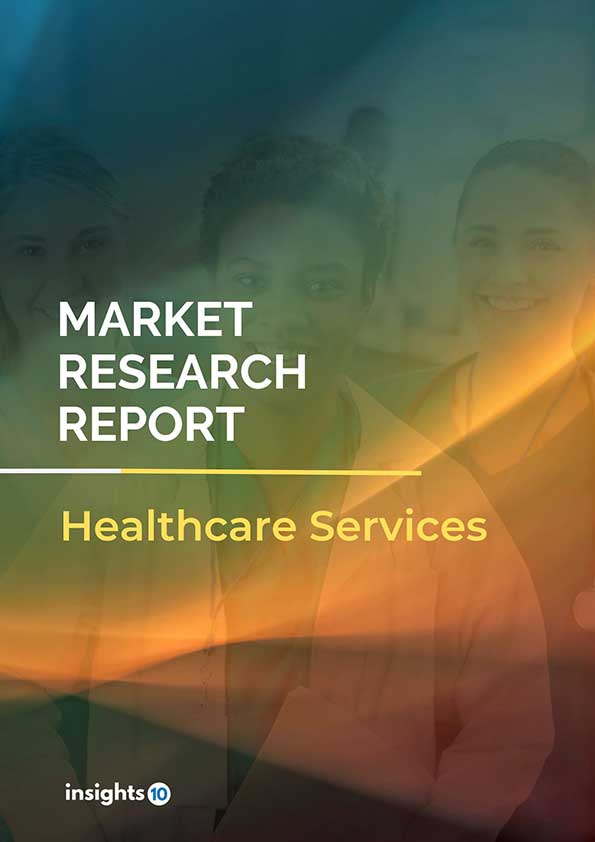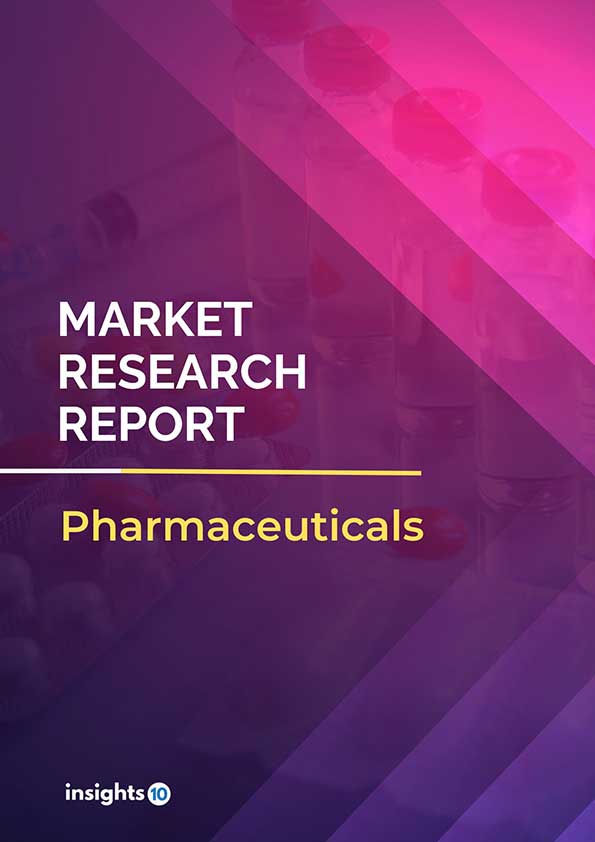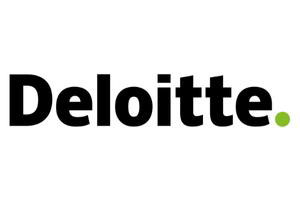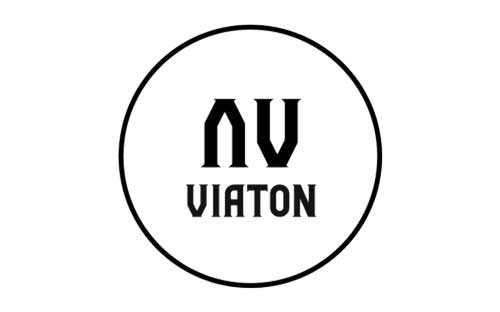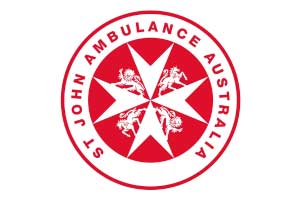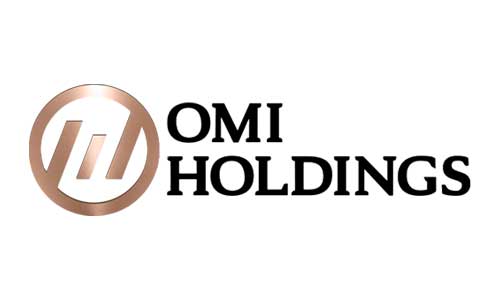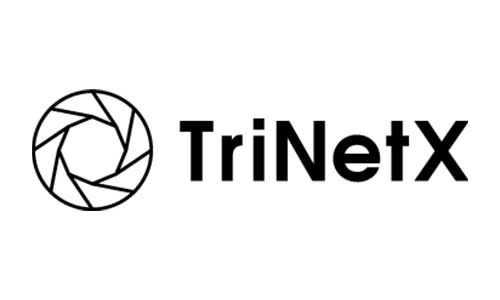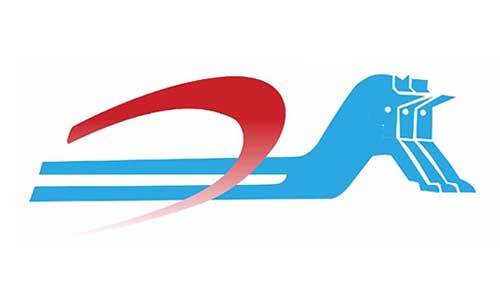Indonesia Radiology Service Market Analysis
The Indonesia Radiology Service Market was valued at $24 Mn in 2023 and is predicted to grow at a CAGR of 14.7% from 2023 to 2030, to $62.7 Mn by 2030. The key drivers of the market include increasing burden of chronic diseases, aging population, and healthcare infrastructure development. The prominent players of the Indonesia Radiology Service Market are Rumah Sakit Cipto Mangunkusumo (RSCM), Rumah Sakit Pondok Indah, Rumah Sakit Siloam, Rumah Sakit Mitra Keluarga, and Rumah Sakit Pusat Pertamina (RSPP), among others.
Buy Now

Indonesia Radiology Service Market Executive Summary
The Indonesia Radiology Service market is at around $24 Mn in 2023 and is projected to reach $62.7 Mn in 2030, exhibiting a CAGR of 14.7% during the forecast period.
There are many techniques used in radiology. MRI (Magnetic Resonance Imaging) scan is a powerful imaging technique that uses magnets instead of radiation to create images of the body. It is excellent for visualizing soft tissues like the brain, muscles, and organs. Areas investigated through MRI scanning include spinal cord and brain abnormalities, cysts and tumors, joint injuries, breast tissue anomalies, and abdominal and liver irregularities. Radiography is a type of radiological imaging technique which applies X-ray radiation. X-ray mammograph is also a type of radiological imaging technique which is used specifically to identify abnormalities or lesions in the human breast. MRA (Magnetic Resonance Angiogram) scan is an examination that produces detailed versions of the blood vessels in the body. Compared to X-rays, CT (Computed Tomography) uses a low dose of radiation and also provides a better overview of the interior of the body. An ultrasound or sonography is a technique that uses high frequency ways to produce images. As it does not involve the use of radiation it is the most widely used technique for monitoring pregnancy. A Positron Emission Tomography (PET) scan is an advanced technique used to reveal the metabolic or biochemical functions of tissues and organs. Lastly, a Single-Photo Emission Computerized Tomography (SPECT) uses a radioactive substance and a special camera to create 3-D images.
Indonesia faces a significant challenge in managing the burden of chronic diseases on its healthcare system, which has directly led to increased rates of morbidity and mortality in the country. The Indonesia Radiology Service Market is thus driven by significant factors such as the increasing burden of chronic diseases, aging population, and healthcare infrastructure development. However, high cost, radiation exposure concerns, and shortage of radiologists restrict the growth and potential of the market.
The major players of the Indonesia Radiology Service Market are Rumah Sakit Cipto Mangunkusumo (RSCM), Rumah Sakit Pondok Indah, Rumah Sakit Siloam, Rumah Sakit Mitra Keluarga, and Rumah Sakit Pusat Pertamina (RSPP), among others.

Market Dynamics
Market Growth Drivers
Increasing Burden of Chronic Diseases: In Indonesia, NCDs are responsible for 73% of deaths in Indonesia and the proportions are: cardiovascular disease (35%), cancer (12%), chronic respiratory diseases (6%), diabetes (6%). Radiology services play a critical role in the diagnosis and monitoring of these medical conditions which allows for better chronic managements. Moreover, Radiology Service helps prevents potential complications and leads to long-term health outcomes. Due to the significant role of radiology services in chronic disease treatment, the Radiology Service Market is at its full potential growth.
Aging Population: As of 2022, Indonesia’s senior population comprised of 19 Mn elderly citizens. This geriatric population is more susceptible to chronic health conditions such as diabetes, heart disease, and chronic kidney disease, compared to the younger population and adults. Radiology services help with effective disease management of the patients. Overall, the aging population increases the demand for radiology services, which contributes to the growth of the Radiology Service Market.
Healthcare Infrastructure Development: Indonesia is considered an emerging or developing country which is investing in upgrading its healthcare facilities and infrastructure to meet the rising demand for the medical services, including diagnostic imaging. Diagnostic imaging services help cater to the needs of the patients in every stage, from disease diagnosis up until treatment evaluation. The role of radiology is indispensable in the healthcare field, due to which the market grows.
Market Restraints
High Cost: Radiology is costly as it requires expensive equipment, such as MRI, CT, and PET scanners, which can cost millions of dollars each. Additionally, maintaining and operating these machines demands significant financial investment in terms of regular maintenance, software updates, and the need for specialized technical staff. These factors make radiology services one of the costliest in the medical sector, ultimately affecting the growth of Radiology Service Market.
Radiation exposure concerns: Even though the benefits of the radiology services exceed the risks, there remain certain concerns regarding radiation exposure during the scanning. The concerns of exposure include skin burns, loss of hair, and increased incidence of cancer. Despite the fact that there is no evidence of definite relationships that due to the radiation exposure, there has been increased incidence of cancer, people resist radiology. The resistance from patients can thus negatively affect the growth of the market.
Shortage of Radiologists: In Indonesia, with only 2161 registered radiologists across nations, the ratio is 1.2 per 100000 individuals; thus, the demand for radiological services often exceeds the available manpower. As supported by this statement, Indonesia does not have a sufficient number of radiologists for the population of 277 Mn. Thus, due to the insufficient supply of the radiologists, demand decreases, and the Radiology Service Market growth suffers.
Regulatory Landscape and Reimbursement Scenario
In Indonesia, the regulatory agency is called the National Agency of Drug and Food Control (NADFC), also known by its Indonesian name, Badan Pengawas Obat dan Makanan (BPOM) which operates under the Ministry of Health. It plays a critical role in ensuring the safety, efficacy, and quality of pharmaceuticals available in the nation.
The NADFC conducts detailed review and analysis of the applications from pharmaceutical companies to register and market the new drugs. It includes a thorough evaluation of the safety, efficacy, and quality of pharmaceutical products. After the NADFC is ensured of these characteristics, does it allow the drugs to be marketed. The NADFC is also responsible for post-marketing surveillance of the drugs in case of any reporting of adverse drug reactions.
Indonesia’s healthcare reimbursement system is a complex mix of public and private insurance schemes. The mandated national health insurance scheme in Indonesia is called Jaminan Kesehatan Nasional (JKN), or National Health Insurance. It attempts to give access to basic healthcare and covers a sizable section of the populace. The JKN reimburses healthcare costs for outpatient and inpatient services at the designated healthcare facilities. For the private sector, compared to the JKN, private health insurance plans may provide greater coverage and better reimbursement rates.
Competitive Landscape
Key Players
Here are some of the major key players in the Indonesia Radiology Service Market:
- Rumah Sakit Cipto Mangunkusumo (RSCM)
- Rumah Sakit Pondok Indah
- Rumah Sakit Siloam
- Rumah Sakit Mitra Keluarga
- Rumah Sakit Pusat Pertamina (RSPP)
- Rumah Sakit Dr. Sardjito
- Rumah Sakit Umum Daerah (RSUD) Dr. Soetomo
- Rumah Sakit Hasan Sadikin
- Ruman Sakit Abdi Waluyo
- Rumah Sakit Umum Pusat (RSUP) Adam Malik
- Rumah Sakit Umum Pusat (RSUP) Sanglah
1. Executive Summary
1.1 Service Overview
1.2 Global Scenario
1.3 Country Overview
1.4 Healthcare Scenario in Country
1.5 Healthcare Services Market in Country
1.6 Recent Developments in the Country
2. Market Size and Forecasting
2.1 Market Size (With Excel and Methodology)
2.2 Market Segmentation (Check all Segments in Segmentation Section)
3. Market Dynamics
3.1 Market Drivers
3.2 Market Restraints
4. Competitive Landscape
4.1 Major Market Share
4.2 Key Company Profile (Check all Companies in the Summary Section)
4.2.1 Company
4.2.1.1 Overview
4.2.1.2 Product Applications and Services
4.2.1.3 Recent Developments
4.2.1.4 Partnerships Ecosystem
4.2.1.5 Financials (Based on Availability)
5. Reimbursement Scenario
5.1 Reimbursement Regulation
5.2 Reimbursement Process for Services
5.3 Reimbursement Process for Treatment
6. Methodology and Scope
Indonesia Radiology Service Market Segmentation
By Type
- Diagnostic Radiology
- Interventional Radiology
By Services
- X-Ray Imaging
- Fusion Imaging
- Nuclear Medicine
- Ultrasound
- Positron Emission Tomography (PET)
- Computed Tomography (CT)
- Magnetic Imaging (MRI)
By Service Provider
- Clinics
- Hospitals
- Diagnostic Centres
Methodology for Database Creation
Our database offers a comprehensive list of healthcare centers, meticulously curated to provide detailed information on a wide range of specialties and services. It includes top-tier hospitals, clinics, and diagnostic facilities across 30 countries and 24 specialties, ensuring users can find the healthcare services they need.
Additionally, we provide a comprehensive list of Key Opinion Leaders (KOLs) based on your requirements. Our curated list captures various crucial aspects of the KOLs, offering more than just general information. Whether you're looking to boost brand awareness, drive engagement, or launch a new product, our extensive list of KOLs ensures you have the right experts by your side. Covering 30 countries and 36 specialties, our database guarantees access to the best KOLs in the healthcare industry, supporting strategic decisions and enhancing your initiatives.
How Do We Get It?
Our database is created and maintained through a combination of secondary and primary research methodologies.
1. Secondary Research
With many years of experience in the healthcare field, we have our own rich proprietary data from various past projects. This historical data serves as the foundation for our database. Our continuous process of gathering data involves:
- Analyzing historical proprietary data collected from multiple projects.
- Regularly updating our existing data sets with new findings and trends.
- Ensuring data consistency and accuracy through rigorous validation processes.
With extensive experience in the field, we have developed a proprietary GenAI-based technology that is uniquely tailored to our organization. This advanced technology enables us to scan a wide array of relevant information sources across the internet. Our data-gathering process includes:
- Searching through academic conferences, published research, citations, and social media platforms
- Collecting and compiling diverse data to build a comprehensive and detailed database
- Continuously updating our database with new information to ensure its relevance and accuracy
2. Primary Research
To complement and validate our secondary data, we engage in primary research through local tie-ups and partnerships. This process involves:
- Collaborating with local healthcare providers, hospitals, and clinics to gather real-time data.
- Conducting surveys, interviews, and field studies to collect fresh data directly from the source.
- Continuously refreshing our database to ensure that the information remains current and reliable.
- Validating secondary data through cross-referencing with primary data to ensure accuracy and relevance.
Combining Secondary and Primary Research
By integrating both secondary and primary research methodologies, we ensure that our database is comprehensive, accurate, and up-to-date. The combined process involves:
- Merging historical data from secondary research with real-time data from primary research.
- Conducting thorough data validation and cleansing to remove inconsistencies and errors.
- Organizing data into a structured format that is easily accessible and usable for various applications.
- Continuously monitoring and updating the database to reflect the latest developments and trends in the healthcare field.
Through this meticulous process, we create a final database tailored to each region and domain within the healthcare industry. This approach ensures that our clients receive reliable and relevant data, empowering them to make informed decisions and drive innovation in their respective fields.
To request a free sample copy of this report, please complete the form below.
We value your inquiry and offer free customization with every report to fulfil your exact research needs.
